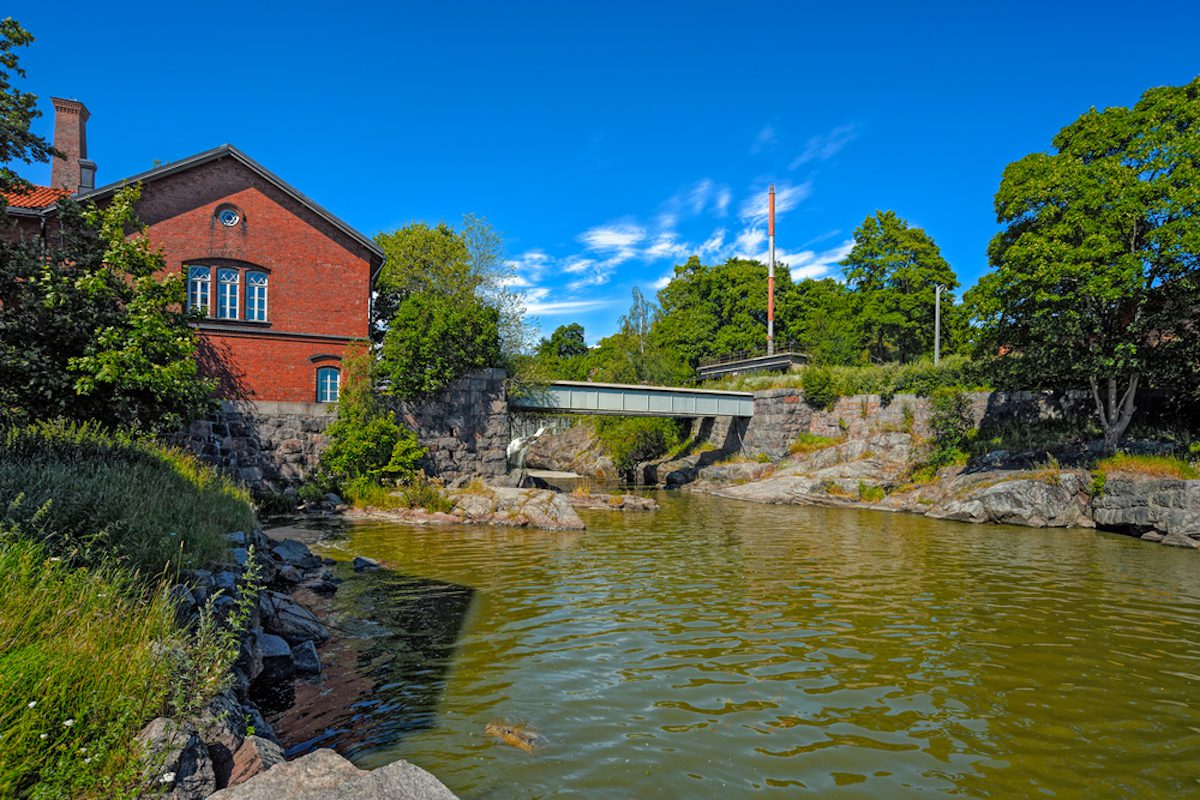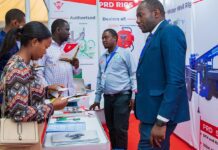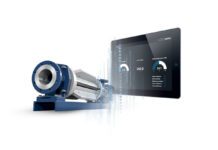
Launch of documentary on innovations for recycling nutrients from agriculture and wastewater
A short film Sea of Opportunity, launched on 30 January, presents three innovative technologies that can recapture phosphorus and nitrogen for reuse in agriculture: BioPhree, from Aquacare in the Netherlands; Ultra from TerraNova in Germany; and Ravita from HSY in Finland. The three were winners of a competition run by BONUS RETURN to identify promising technologies in the EU.
Produced by the EU co-funded project BONUS RETURN (and available to download at www.bonusreturn.eu), the 18-minute film is shot in the project’s three case study river basins – Vantaanjoki, Finland, Fyrisån, Sweden and Słupia, Poland. It features innovators and sustainability experts discussing what is needed for these technologies, and nutrient recycling more broadly, to take root in the Baltic Sea Region.
“In a nutshell, the film highlights how policy coherence and improved linkages to markets need to fall into place to accelerate a transition to a circular economy for nutrients that are essential to agriculture, but environmentally devastating when they wash off farmland into the Baltic, as they do now,” said Karina Barquet, Project Coordinator for BONUS RETURN and a Research Fellow at Stockholm Environment Institute, which led the production of Sea of Opportunity.
The film also discusses the impact on nutrient recycling of key EU regulations. “At the EU level we are working on restoring the impacts of nutrient overload [on the Baltic Sea] and creating incentives for market-based opportunities,” says Jakob Granit, Director General of the Swedish Agency for Marine and Water Management, in the film.
Another expert, Jon Wessling, water and environmental specialist at the Federation of Swedish Farmers (LRF), observes that a new EU regulation on quality standards for fertilizers marketed in the EU, adopted in May 2019, will favour nutrient recycling – particularly as recycled phosphorus is low in the heavy metal cadmium compared to mineral phosphorus.
“With the new EU fertilizer regulation, this clean phosphorus will probably become more expensive, but there will also be a larger market for innovative solutions. In Sweden, we have goals of increased food production, so we really have no choice but to increase recycling of nutrients, and the sooner the better,” says Wessling.
Andrzej Wójtowicz, CEO of Słupsk Waterworks in Poland, saod that EU resource-efficiency measures could also favour nutrient-recycling technologies: “A key element in the so-called EU end-of-waste criteria is that when we process waste and use it to produce fertilizers, we should have open access to the fertilizer market,” says Wójtowicz.
The Baltic Sea is one of the most nutrient-affected water bodies in the world. The Baltic Sea Region is home to more than 85 million people, and the sea itself is almost completely enclosed, meaning pollutants that enter it accumulate over time. Nutrient run-off from agricultural land and effluents from sewage treatment plants drain into the sea, leading to algal blooms and oxygen depletion of benthic zones, threatening marine life.
See above to watch a trailer of Sea of Opportunity.







